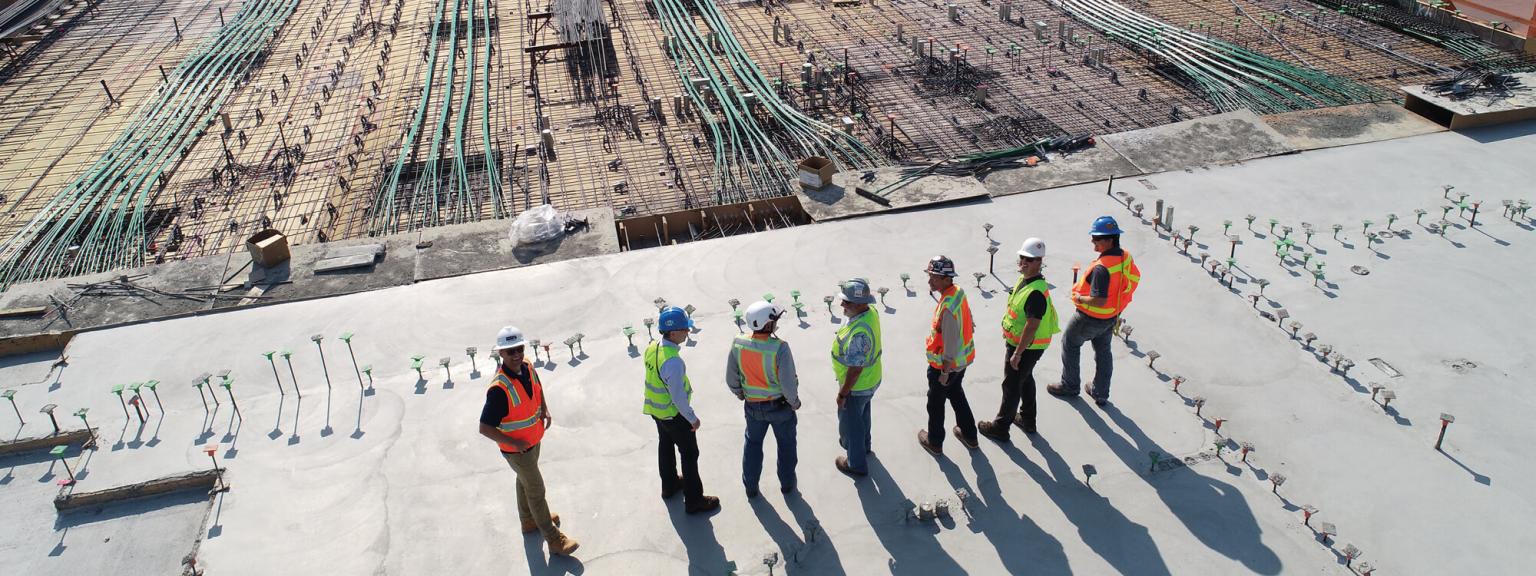
Olympic standards of engineering
It seems like it was only yesterday when London impressed the world with the opening ceremony at the London Olympic Stadium directed by Danny Boyle, leaving viewers and attendees wondering what the next 17 days would bring. There were 34 venues including the London-based ExCel centre, Wembley Stadium, Greenwich Park, Wimbledon, The Mall, Wembley Arena and Hyde Park as well as other venues across the likes of Glasgow, Cardiff, Newcastle and Hertfordshire, to name a few.
This year’s Games will be held at venues in four zones across Rio: Barra, Copacabana, Deodoro and Marcanã, connected by a high-performance transport ring where nearly half of the athletes will be able to reach their venues in less than 10 minutes.
AECOM were the winners of Brazil’s first international architecture competition in 2011 to design the master plan for Rio’s 2016 Olympic Park. Having designed parks for London 2012 and now Rio 2016, AECOM is the first company to design the parks for two consecutive Olympic and Paralympic Games.
The company has expanded its responsibilities for the Rio Games, designing the seven sporting venues as well as the International Broadcast Centre.
Architecture is key to the spectator experience, the safety of the participants and the legacy left behind in the history books. Throughout the 120 year history of the modern Olympics, every hosting nation has tried to show the best of their abilities by building breath-taking avant-garde structures. These are our five favourites:
5. Estadio Olímpico Universitario – 1968
The Estadio Olímpico Universitario was originally built in 1952 by architects Augusto Perez Palacios, Jorge Bravo and Raul Salinas mostly for the use of college American football matches. Ahead of the 1968 Summer Olympics, the stadium underwent modifications to increase the seating capacity from 70,000 to 83,700.
The architects used local volcanic stone to construct the stepped terrace design of the stadium, which has now been given World Heritage status as part of the university complex it sits in. The classical asymmetric shape of the stands and simple design of the complex highlight and complement the many examples of Mexican culture that were incorporated into the building. A mural by Mexican painter Diego Rivera is seen on the east side of the stadium but was never extended to the remainder of the outside, following his death in 1957.
4. Munich Olympiastadion – 1972
Designed by Günter Behnisch and engineered by Frei Otto, Munich Olympiastadion was built in the stunning region of Bavaria. With an original capacity of 80,000, the stadium was revolutionary of its time with its lightweight tent construction, including large sweeping canopies of acrylic glass stabilised by steel cables imitating the Alps. Today, visitors can take a guided walk along the impressive roof.
3. Athens Olympic Stadium – 2004
The ‘Spyros Louis’ Athens Olympic Stadium was originally built in Marousi between 1980 and 1982 but was renovated in time for the 2004 Olympics, with a striking roof designed by Spanish architect Santiago Calatrava. The roof structure is composed of two 45 metre high arches from which the glass and steel roof hangs. The design of the roof brings together architectural design, construction engineering and hydraulics, which enable the roof arches to move into different positions. The two giant arcs have a total span of 304 metres and a maximum height of 72 metres weighing 19,000 tons. The stadium is named after Spyros Louis, the first modern Olympic marathon race winner in 1986.
2. Berlin Olympiastadion – 1936
Built during the height of Nazi reign, the Berlin Olympiastadion represents a significant part of German history. It was a restoration of the earlier stadium designed by Otto March for the 1916 Olympics, which were then cancelled. His son, Werner March, became the architect of the restoration with help from his brother Walter and Hitler’s head architect, Albert Spreer. The geometrical design represented the powerful image that Germany wanted to show the world, featuring a steel frame sheathed in stone pillars and colonnades, which were standard elements of the Nazi era architecture.
1. Beijing National Stadium – 2008
Our number one is, without question, Beijing’s national stadium; an avant-garde construction designed by Swiss architects Herzog & de Meuron in collaboration with Chinese artist Ai Weiwei, built for the 2008 Olympics. The so called ‘Bird’s Nest’ cost a total of £300m and is considered to be the world’s largest enclosed space. Due to its location within a highly seismic zone, it was built to withstand powerful earthquakes – a unique design amongst other Olympic stadiums.
To view our current vacancies, please click here.
STEM insights
Sector insights
- Engineering insights
- Aerospace insights
- Automotive insights
- Maritime insights
- Infrastructure insights
- Highways insights
- Rail insights
- Building Services insights
- Water & Environment insights
- Energy insights
- Renewables insights
- Oil & Gas insights
- Power & Nuclear insights
- Engineering Technology insights
- Telecoms insights
- Technology insights
- AI & Robotics insights
- Cloud insights
- Cyber Security insights
- ERP insights
- Development insights
- Project Management insights